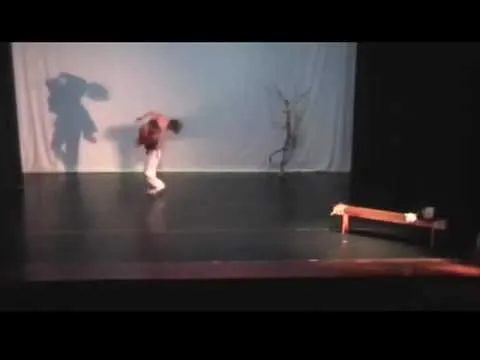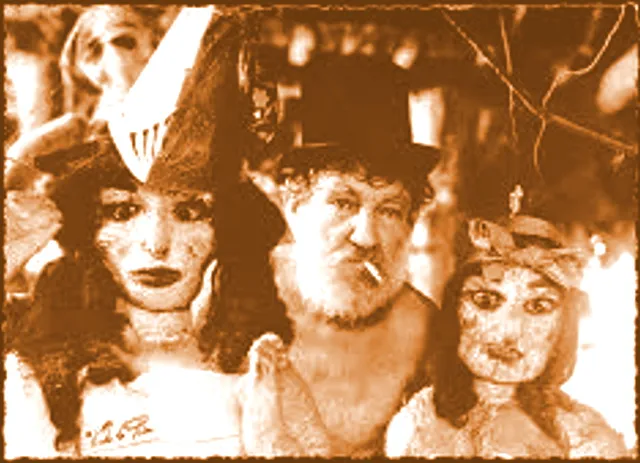
Armando Reverón, maestro de la luz en Venezuela.
Para mí como artista, profesor e investigador es importante rescatar la memoria, vida y obra de nuestros artistas venezolanos, más trascendentales del quehacer artístico nuestro americano. Por esta razón he creado obras dancísticas, homenajeando a grandes artistas como: Carlos Orta, el gran bailarín venezolano del barrio San Agustín del Sur, el maestro de la literatura y la pintura César Rengifo y al grande de la luz Armando Reverón. Esta manera se convirtió con los años, en una forma de trabajo, con la intención de rescatar el interés del público por nuestros baluartes, quedando como repertorio de la agrupación que dirigí por muchos años (Raíz Mestiza Danza Contemporánea) de la cual les hablaré en otra entrega, de su creación y de cómo con el pasar de los años fui y fuimos investigando en formas más novedosas del movimiento desde la danza moderna hasta la novísima danza vertical.
For me as an artist, teacher and researcher, it is important to rescue the memory, life and work of our Venezuelan artists, who are more transcendental of the artistic endeavor of our American. For this reason I have created dance works, honoring great artists such as: Carlos Orta, the great Venezuelan dancer from the San Agustín del Sur neighborhood, the master of literature and painting César Rengifo and the great of light Armando Reverón. This way became, over the years, a form of work, with the intention of rescuing the public's interest in our bastions, remaining as a repertoire of the group that I directed for many years (Raíz Mestiza Danza Contemporánea) of which I will speak to you in Another installment, of its creation and how over the years I went and we were investigating newer forms of movement from modern dance to the newest vertical dance.

Obra Cabo Blanco.
En el año 2010 creé la pieza de danza contemporánea Iluminados sobre la vida y muerte del maestro Armando Reverón, como tributo a su grandeza y desde mi humilde pero apasionada perspectiva. Junto a mi compañera de baile por muchos años; Caribay Celis, bailarina profesional de danza contemporánea y danza tradicional venezolana le dimos vida al mítico artista y a su mundo onírico, compuesto por sus amores entrañables Juanita y sus muñecas de trapo.
In 2010 I created the contemporary dance piece Illuminados about the life and death of the teacher Armando Reverón, as a tribute to his greatness and from my humble but passionate perspective. Along with my dance partner for many years; Caribay Celis, professional dancer of contemporary dance and Venezuelan traditional dance, gave life to the mythical artist and his dream world, made up of his close loves Juanita and his rag dolls.
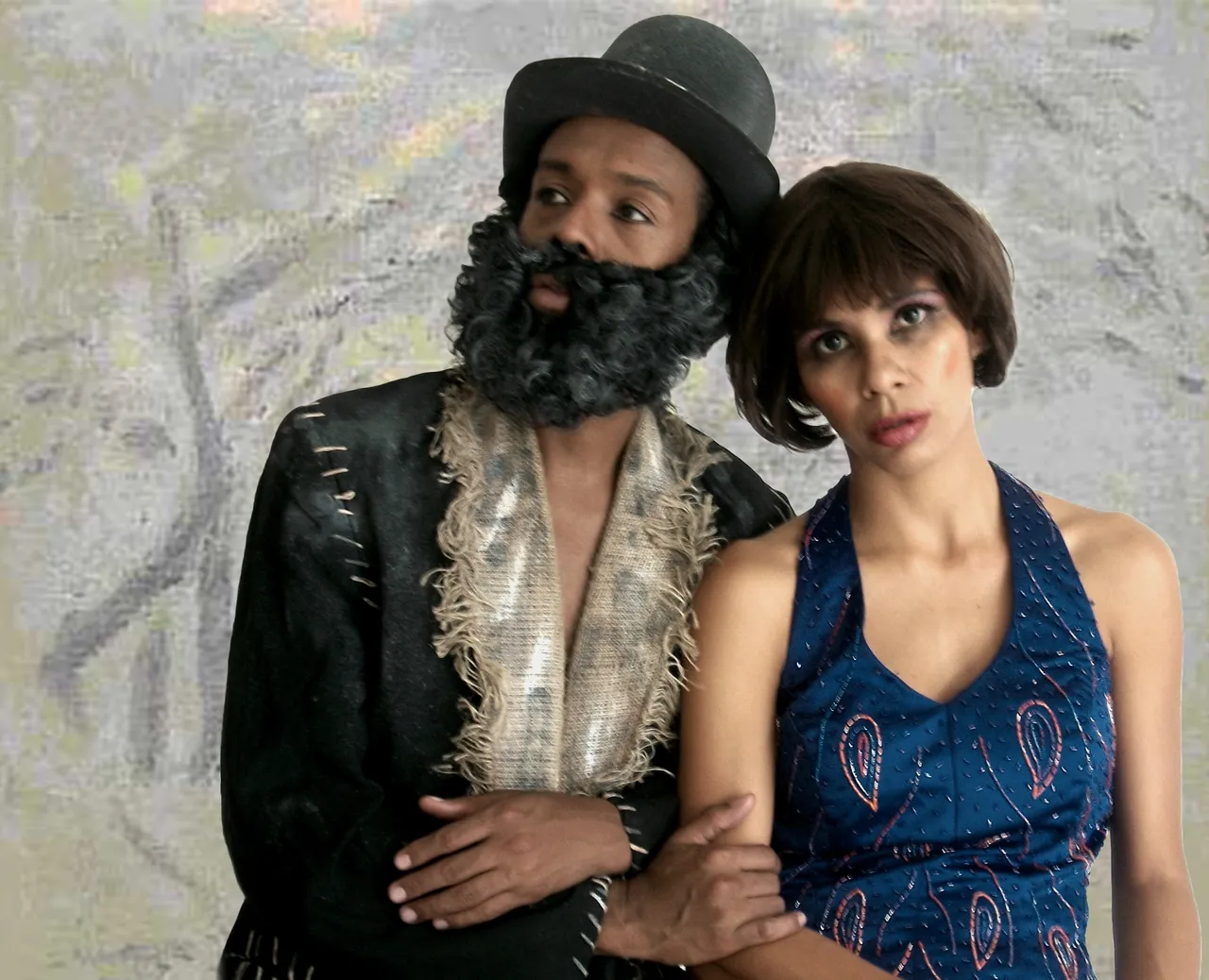
Obra de danza Iluminados. Illuminated dance work.
Hablar de Armando Reverón es inevitablemente hablar de la plástica venezolana de principios del siglo XX y de cómo para la época predominaban los modelos artísticos del romanticismo y el neoclásico que tuvieron a la épica independentista y las escenas costumbristas como motivos de la plástica, sin embargo Reverón estaba profundamente influenciado por el impresionismo francés en vista de que pudo estudiar en varias escuelas de arte europeas, donde se formó y conoció de primera mano a artistas internacionales muy renombrados que logran influenciar su arte.
To speak of Armando Reverón is inevitably to speak of the Venezuelan plastic arts of the early twentieth century and of how the artistic models of romanticism and neoclassicism prevailed at the time, which had the pro-independence epic and the traditional scenes as motifs of plastic art, however, Reverón He was deeply influenced by French Impressionism in that he was able to study at various European art schools, where he trained and met first-hand with renowned international artists who manage to influence his art.
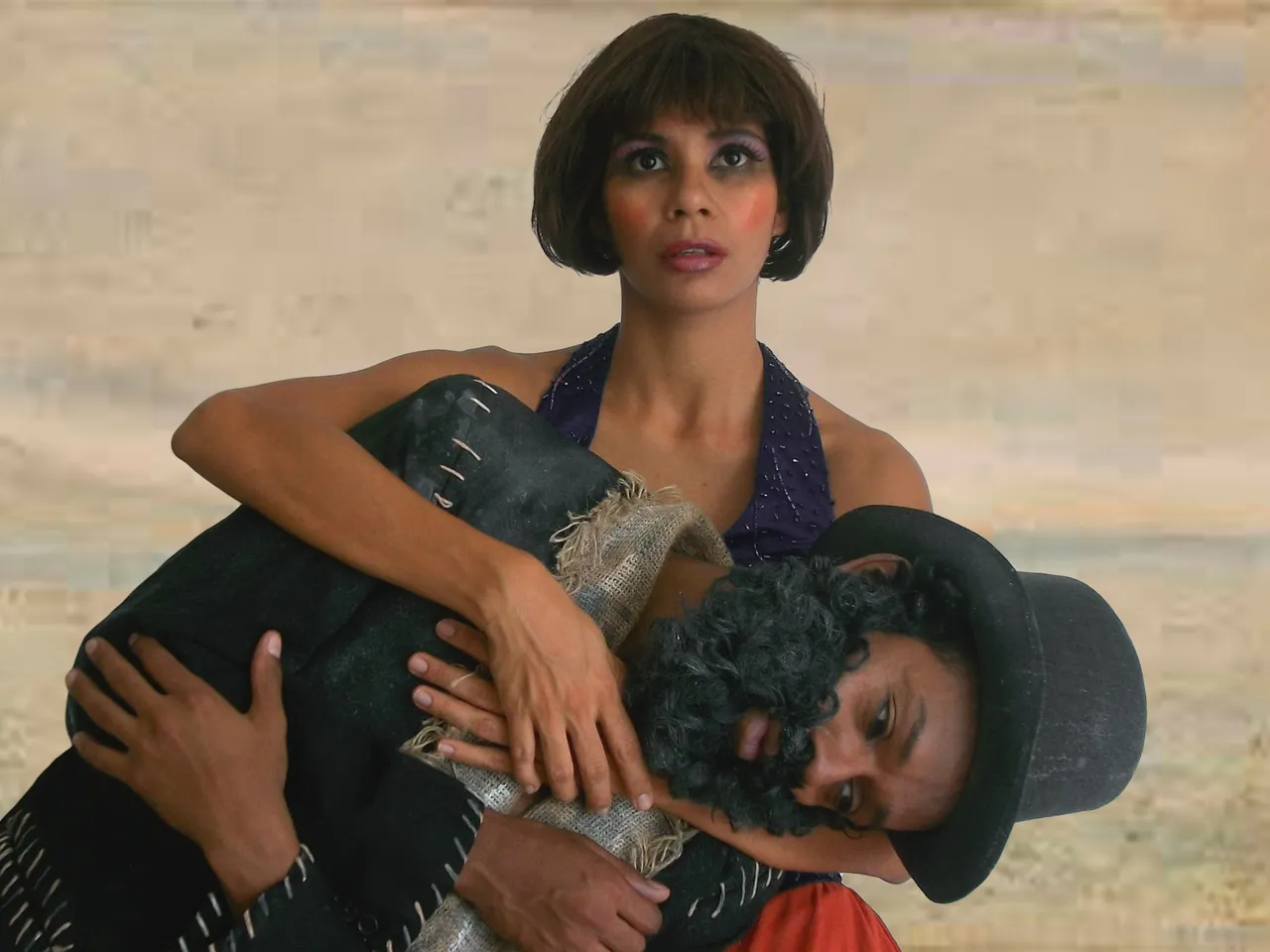
Obra de danza Iluminados. Illuminated dance work.
La dinámica del arte venezolano para la época era oficialista ya que el estado era el mayor mecenas, protector y promotor, sin embargo Reverón fue llegando a una independencia de las tendencias tanto artísticas como de las costumbres que deslumbró a entendidos y al público común que lo conoció, ganando premios en Europa. Sin embargo, siendo Reverón un artista en extremo genuino se presentaron los debates sobre la clasificación y límites de su obra ya que se desarrolla artísticamente entre el romanticismo y el neoclásico pero por sus pinceladas y temática paisajista tienden a clasificarlo como impresionista, aunque su arte se alejaba de los impresionistas franceses por ser de orden plástico y no cromático como los franceses.
The dynamics of Venezuelan art for the time was official since the state was the greatest patron, protector and promoter, however Reverón was coming to an independence of both artistic trends and customs that dazzled experts and the common public that he met, winning awards in Europe. However, as Reverón was an extremely genuine artist, debates arose about the classification and limits of his work, since it develops artistically between romanticism and neoclassical, but due to his brushstrokes and landscape themes, they tend to classify him as impressionist, although his art It distanced itself from the French Impressionists for being plastic and not chromatic like the French.
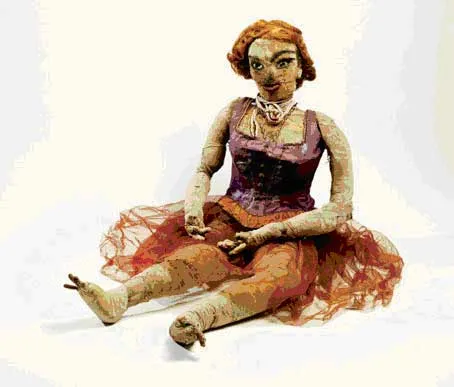
Muñecas de trapo hechas por Armando Reverón. Rag dolls made by Armando Reverón.
Sobre sus períodos puedo mencionar el AZUL; que duró desde 1919 hasta 1924, donde agrega la técnica del puntillismo así como planteamientos anímicos (lo sombrío y lo tenebroso), mucho más que lo cromático. Seguidamente entra en su período BLANCO de 1926 a 1934 donde inventó varios conceptos revolucionarios y diferentes: “El lienzo está en blanco y cada pincelada es un pedazo de alma” o “Los colores no existen en el trópico debido a que la luz los ha desvalorizado”. El período SEPIA fue su último y más acabado ambiente cromático ya que a los paisajes naturales unió los que ofrecen el urbanismo de la Guaira donde vivió por muchos años y donde forjó su impresionante morada “El Castillete”, además de incluir retratos, muñecas para sustituir modelos humanas y nuevas y novedosas superficies como yute, papel de envolver o tela de coleta de sacos de café.
On his periods I can mention BLUE; which lasted from 1919 to 1924, where he added the technique of pointillism as well as emotional approaches (the dark and the gloomy), much more than the chromatic. He then entered his WHITE period from 1926 to 1934 where he invented several revolutionary and different concepts: "The canvas is blank and each brush stroke is a piece of soul" or "Colors do not exist in the tropics because light has devalued them " The SEPIA period was his last and most finished chromatic environment since he joined the natural landscapes offered by the urban planning of La Guaira where he lived for many years and where he forged his impressive dwelling “El Castillete”, in addition to including portraits, dolls to replace Human models and new and novel surfaces such as jute, wrapping paper or pigtail fabric from coffee bags.
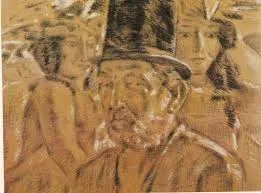 Período sepia. Sepia period.
Período sepia. Sepia period.
Autoretrato.Self-portrait
Armando Reverón tuvo una vinculación directa con la danza y el teatro físico , ya que además de asistir a manifestaciones populares en la Guaira, y pintar diversos retratos y autoretratos donde se observan bailarinas en posiciones ballet, el artista antes de iniciar un cuadro se preparaba con un ritual, ataviándose con un guayuco de cañamazo, forjándose fuertemente la cintura para separar lo divino de lo mundano, se descalzaba, se tapaba los oídos con palillos envueltos con cañamazo y comenzaba una invocación de los espíritus propicios a la inspiración, llevando al límite la afirmación del hombre al ejercer la pintura.
Armando Reverón had a direct relationship with dance and physical theater, since in addition to attending popular demonstrations in La Guaira, and painting various portraits and self-portraits where dancers are seen in ballet positions, the artist, before starting a painting, prepared with a ritual, putting on a scrim guayuco, strongly forging his waist to separate the divine from the mundane, he took off his shoes, covered his ears with sticks wrapped with scrim and began an invocation of the spirits conducive to inspiration, taking the limit to the affirmation of man when exercising painting.
Nelson Ojeda
